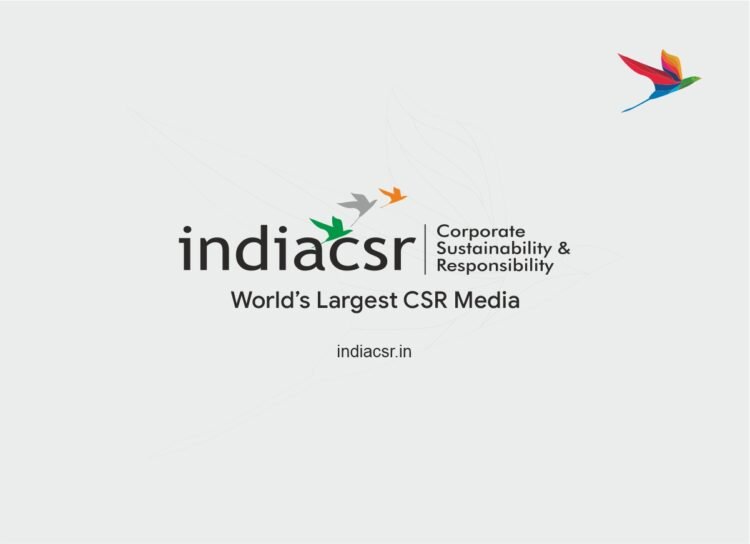By Dr. Kumara Swamy
Lung cancer was considered the rarest of rare diseases in the early part of the 20th century (according to medical reports in 1912). Over the years, different types of pollutants have arisen and have led to aggravation of the disease. According to a recent study conducted by International Agency for Research Cancer (IARC), September 2018, Lung Cancer has been responsible for almost 1.8 million deaths worldwide. The study also highlights that lung cancer is the leading cause of death in both men and women and is the leading cause of cancer death in women in 28 countries.
In the recent years, factors such as air pollution, smoking, industrial emission and high-risk lifestyle habits have led to an increase in the incidence of lung cancer in India. The incidence is high in people between the ages of 55 and 80. Lung cancer currently accounts for 11.3% of all new cancers and is also the most common cause of death (13.7%) due to cancer as per ‘Lung Cancer in India: Challenges and Perspectives, January 2017’.
The disease has also witnessed an upward trend owing to the high rise in population and increasing life expectancy. This has presented a huge challenge in front of the medical authorities to contain the disease. Several factors and practices have further intensified the incidence of the disease.
Smoking habit and lop-sidedness
One singular contributor to the rise of lung cancer is smoking. A “sense” of rebellion, and fashion of smoking being rampant among the younger generation, they are unlikely to be bothered about the high-rate of lung cancer deaths. It has become almost impossible to persuade smokers to give up smoking in many despite an intense campaign against it. Although the health effects of smoking are a drain on the national resource, net benefit would be in favour of industry and the government. We have to look at how best we can balance this situation which is lopsided.
The American College of Chest Physicians’ guidelines for lung cancer recommends screening for smokers as part of a clinical trial. Smokers can enrol themselves for various trials if they have decided to challenge the effects of smoking. Of the trials, one is low dose CT scan trial (CT scan with low dose done at regular intervals) and the other is chemoprevention (the drugs that prevent lung cancer from occurring) trials. Their trials would be a contribution of the smoker’s community to reduce the incidence of smoking.
Double trouble
On the one hand, smoking increases the possibility of cancer, and on the other, the possibility of cure decreases dramatically compared to non-smokers. In fact, the cancer cells get so irritated with the smoke that they shed all their normal identity (technically called as receptors) and not a bit of the targeted drug therapy will be useful. Added lung damage and heart damage reduces their tolerance to treatment making the effective implementation of treatment procedures difficult.
Pollution, Adulteration and Role of society
The other factors contributing to lung cancer are pollution and adulteration. When I started my career, I had a simple message: consume four to five different coloured fruits/vegetables every day. This was something I borrowed from the Japanese lifestyle. But today we are in dire straits – adulteration adds to the risk of cancer. In today’s world, it is best is to befriend a grower and get a supply of assured non-contaminated fruits and vegetables.
However, there is a small hitch here. Initially I thought it is the fault of the system, but a detailed discussion with a grower revealed an important fact: products grown without chemicals do not look as good as ones dipped in chemicals and that if one keeps organic products in the shop, people may not buy it!!!
Something positive
It’s very important to go organic as a society. The day we buy and consume organic salads, not only cancer, several other diseases will come under control. Of course, the government needs to play an important role by instituting measures to control pollution and adulteration of all types.
Conclusion
A person who was living beside a turbulent river would often encounter several people getting washed away in the river, for years; some he could save & some he could not. One fine day he realized that the only way was to go all the way upstream and to find out why were people falling into the river, and thus prevent them from falling. So, let us look at preventing lung cancer, rather than its occurrence and then try to cure it. “Better pay the Cook than the Doctor”. Putting a stop to smoking, control of pollution and consumption of unadulterated fruits and vegetables are the only ways to take us back to the world of 1912, when lung cancer was a rare disease.
About the author:
Dr. Kumara Swamy, Sr. Consultant & Head – Radiation Oncology, Aster CMI Hospital Bangalore
You may also like:
- Health Care : Eye Care During Winters
- CSR Spends & Impact – An Analytical Study
- CSR – Steadily but Contributing to the Sustainable Growth of India
- Corporate Responsibility Social Sustainability and Global Spirituality
- Gülen And Erdogan’s Islamic Rivalry And Its Consequences






